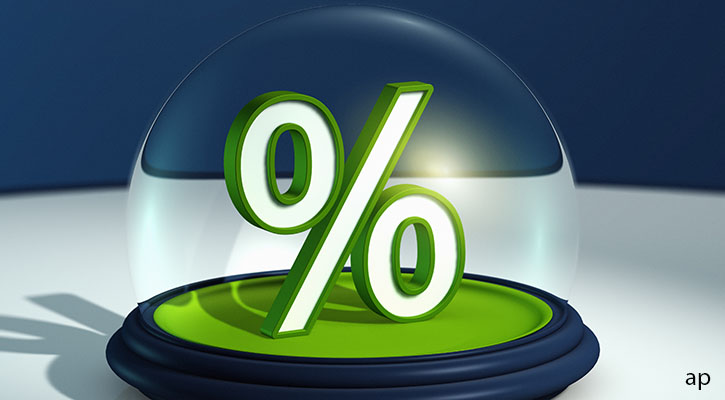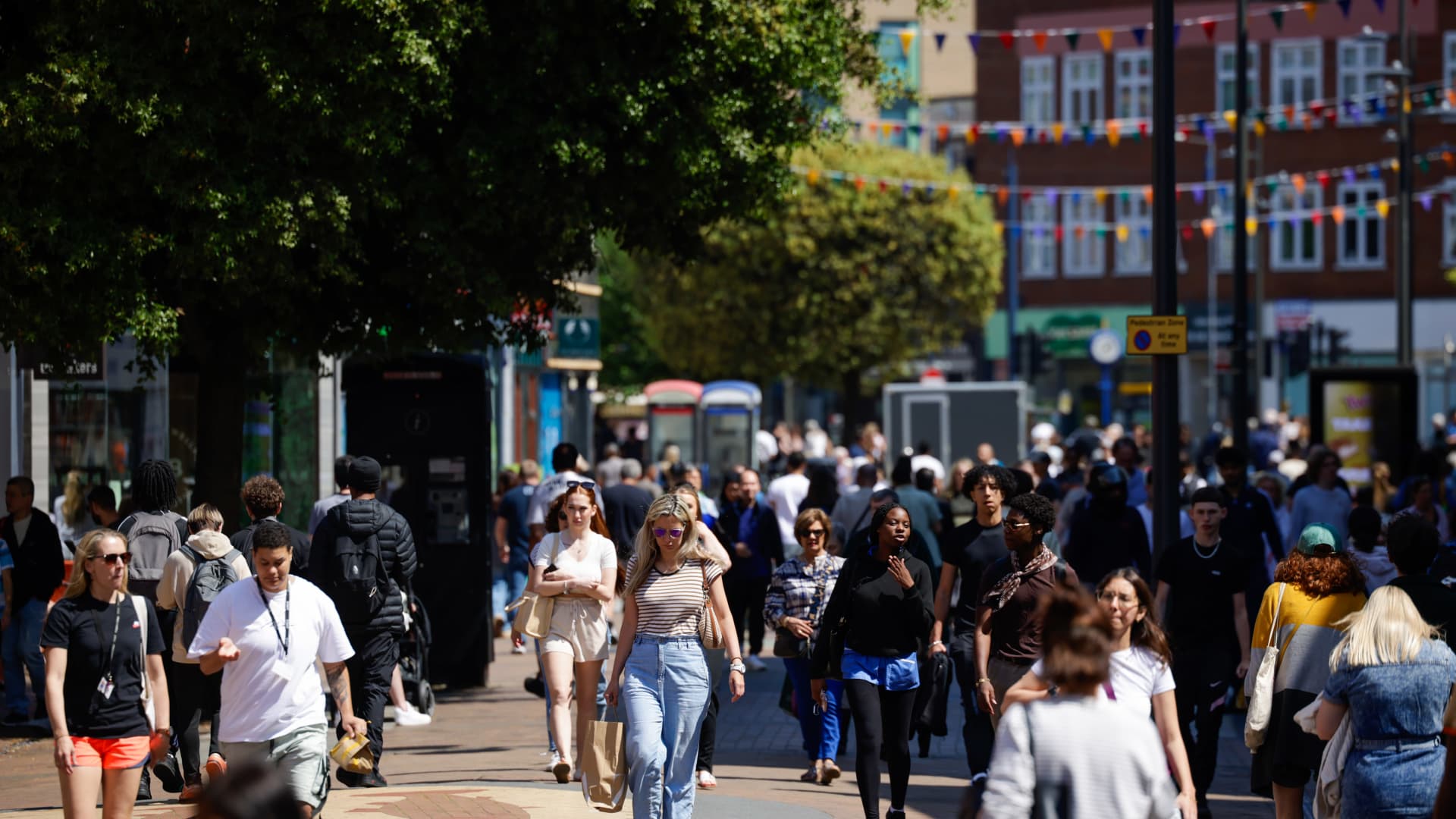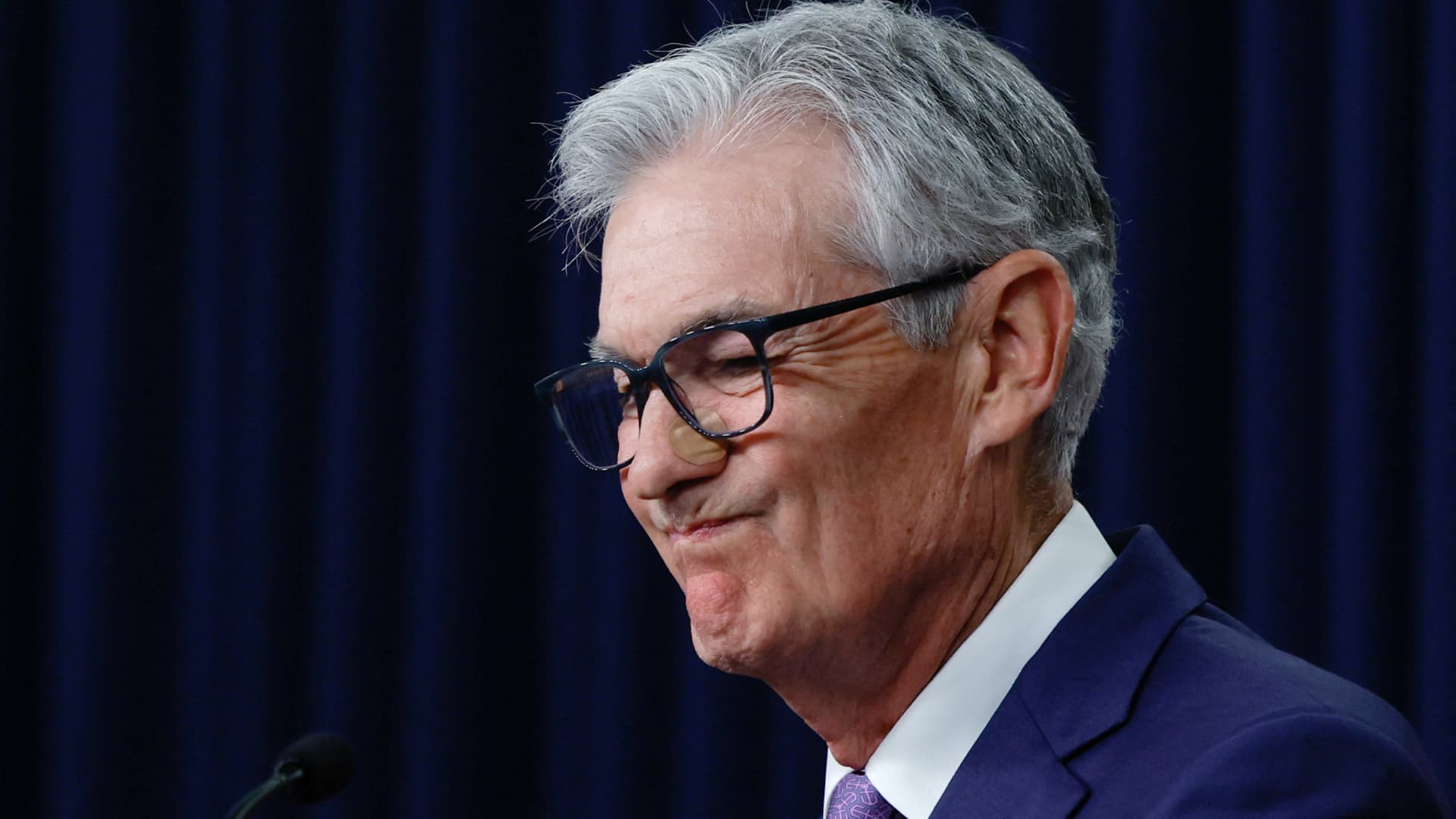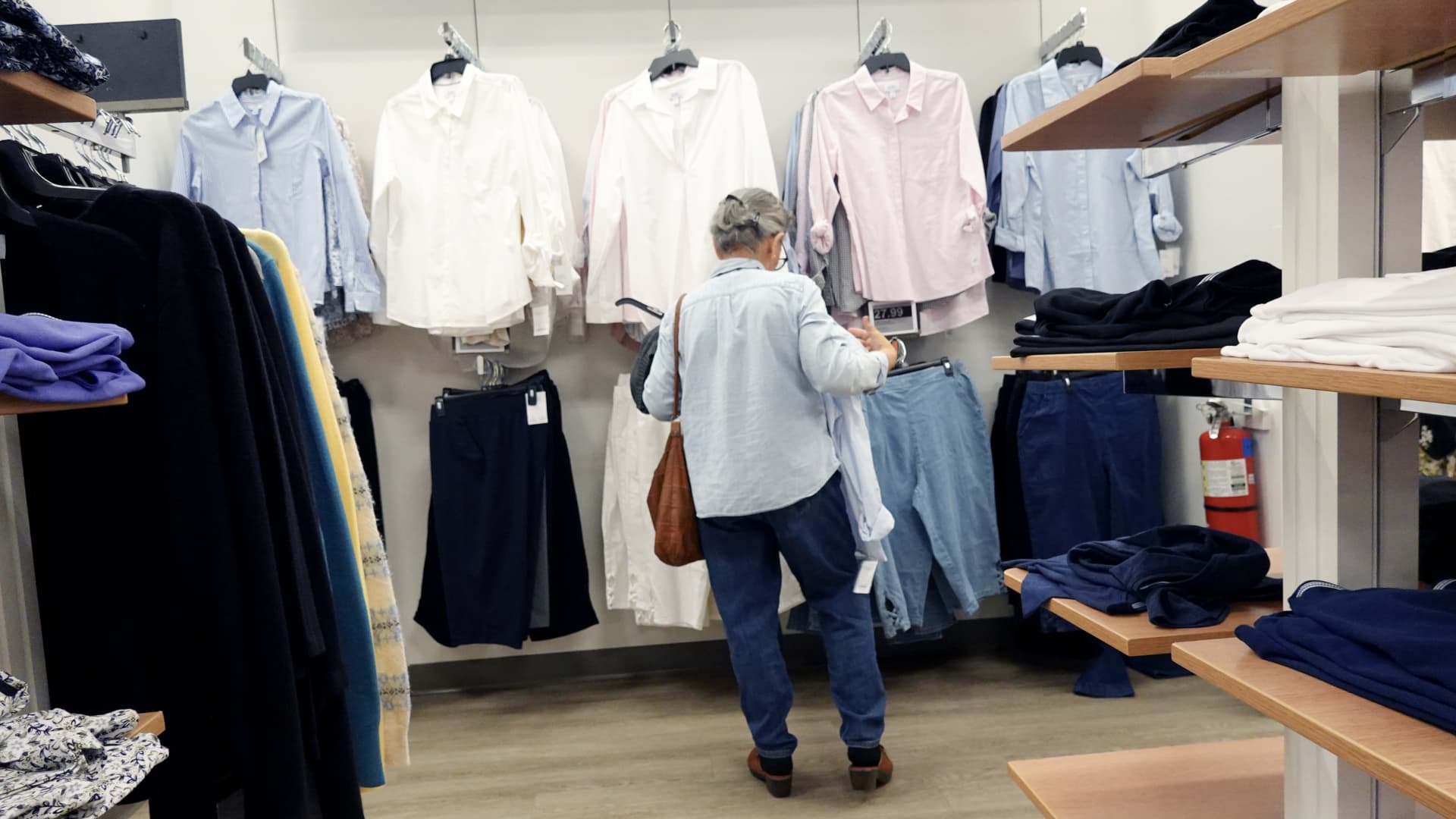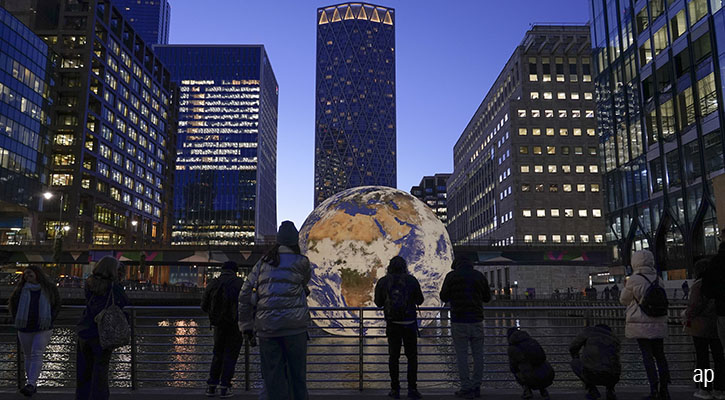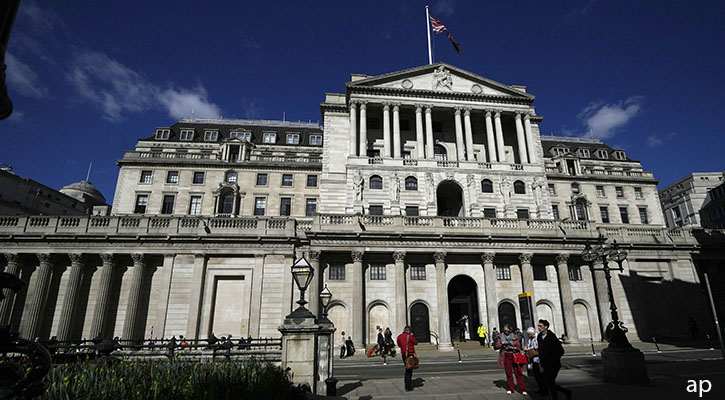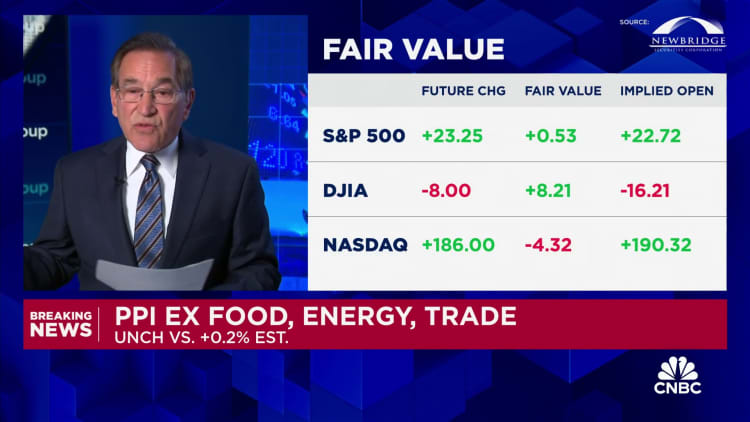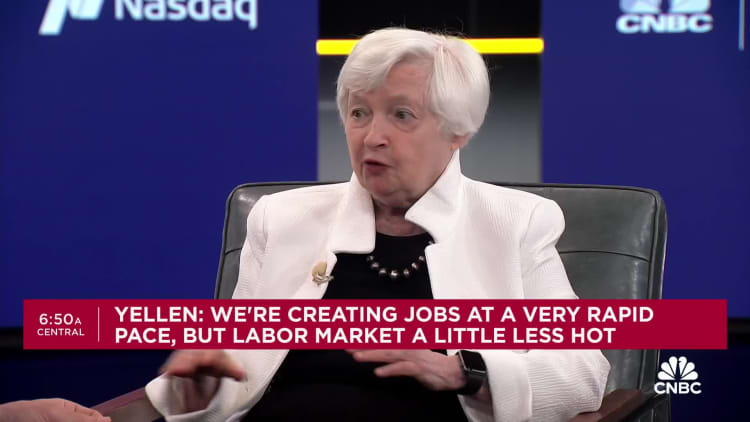UK inflation dropped to 2% in May, according to the Office for National Statistics, increasing pressure on the Bank of England to cut interest rates in the coming months.
The fall in the annual inflation rate to 2% was in line with market consensus and marks the first time in since July 2021 that this has been in line with the official inflation target.
May’s fall in the inflation rate was driven by lower prices for food, drink, furniture, recreation and household goods, the ONS said.
The Bank of England will announce its interest rate decision tomorrow, but is expected to hold rates at 5.25%, the same level they have been since August 2023.
Market data, as measured by overnight index swaps, suggest a rate cut is more likely in August, when the Bank releases its quarterly monetary policy report and holds a press conference.
“Today’s inflation reading will help the case for rate cuts, with the UK now operating with one of the highest interest rates in the developed world, giving it much room for manoeuvre,” says Michael Field, European market strategist at Morningstar.
Core Inflation Remains Too High
On the side of an interest rate “hold” are services inflation and so-called “core” inflation (a longer-term measure that excludes transitory price changes in energy or food), which the Bank of England is still monitoring closely. Annual services inflation fell from 5.9% to 5.7% from April to May, but even this level is still too high for policymakers, who are forecasting a services inflation rate of 5.3% this year.
Field highlights that the rate of core inflation also remains high – at 3.5%. Services costs and home ownership costs, a key component of the core inflation measure, are likely to remain elevated, he says.
Policymakers are more concerned about core CPI because it’s falling more slowly than the headline rate of inflation. It’s also considered a more realistic measure of price pressures in the UK economy than the lower headline CPI rate.
When Will the Bank of England Cut Rates?
James Lynch, fixed income investment manager at Aegon Asset Management, praised the Bank for achieving a “gargantuan task” of bringing the Consumer Price Index from 11% in 2022 to 2% in May 2024. But policymakers will not be ready to cut rates until services inflation is tamed, he adds.
“The underlying mix of the inflation basket does not give it much comfort
